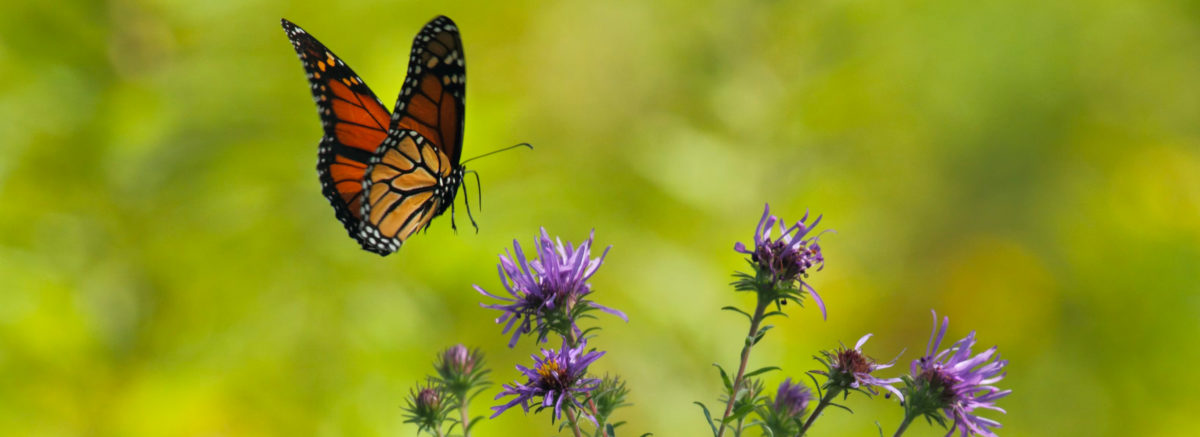In February 2020 Rebecca DiGirolomo (Natural Resources Field Specialist, Forestry) came out to walk through the forest in our back yard with Brad, Dot, and Jenna. We were hoping to get an overview of the overall health of the forest and our properties. Below is Rebecca’s overview of what she saw.
Forest Walk Overview:
I have confirmed the suspected red pine scale from the branch samples we took. Attached is a photo of one. There were many of them throughout the sample. The tax maps available through the city don’t show the red pine on the HOA land, but those boundaries often are not mapped accurately. If you aren’t able to partner with the City to have the trees removed which would be ideal and reduce the need for potential stream crossings, it may be possible for them to access the red pine by going in through the “field area” that we walked out through. It would require at least one stream crossing, but there maybe a route through there. One important step will be determining the decision making process for the HOA land and who has the authority to authorize any management on that parcel. There is no effective control for red pine scale and it progresses quickly, so I would recommend figuring that out sooner rather than later. I would also recommend working with a licensed forester, we have a directory here: https://extension.unh.edu/fwt/dir/index.cfm. You can sort by county. Some guidance on that process is here: https://extension.unh.edu/resource/selecting-forester. Depending on how much volume is on the HOA parcel it could be break even or even generate a small amount of income. It will depend on the markets at the time of the harvest and the extent of the volume on the HOA land. The forester can help negotiate the sale, draft a timber sale contract, ensure all laws are followed and permits in place and assist with the intent to cut form for timber tax.
Invasive Plants Overview
Doug Cygan is the invasive plant species coordinator for NH and would be a good resource for questions about the Japanese knotweed. His email and phone number are at the bottom of the page with additional resources.
https://www.agriculture.nh.gov/divisions/plant-industry/invasive-plants.htm
Some alternatives to invasive plants with comments on their benefits:
https://www.agriculture.nh.gov/publications-forms/documents/invasive-plant-alternatives.pdf
another list here that could be shared with neighbors.
https://extension.unh.edu/resource/alternatives-invasive-landscape-plants-fact-sheet
The Field
For the “field area”, given that extensive site work and that it will be a disturbed area it gives an opportunity to decide what the HOA wants it to be going forward. Warm season grasses do well on dry sandy soils and are native. A wildflower could be another interesting option. I am including some information just to have as a resource. It sounds like there are some other possible uses for that area. Weed competition might be an issue and if Japanese knotweed shows up in that area that may need to be addressed first. If there is interest in a meadow area I could also coordinate a visit with our state wildlife specialist Matt Tarr, when you know more about how the area might be used. These are just food for thought and do take some work to establish even on a disturbed site. You will also see seed source recommendations. It is important to buy seeds from reputable sources to ensure they don’t have other things mixed in and are high quality, good seeds are not necessarily cheap. Some warm season native grasses include little bluestem and Indian grass. You could also consider having the soil tested to help select a good seed mix that will work for the site.
https://extension.unh.edu/agriculture-gardens/pest-disease-growing-tools/soil-testing-services
https://extension.unh.edu/resource/wildflower-meadows-plant-selection-and-establishment
For invasive plants we have a number of resources for identification. https://extension.unh.edu/natural-resources/forests-trees/invasive-species
The trail notification form for stream or wetland impacts can be found here: https://onlineforms.nh.gov/Home/11a06708-8a44-48de-9c9b-33b0a4fbcfa2
This is another great resource for trails: https://naturegroupie.org/sites/default/files/documents/bmp-manual2017.pdf
Please let me know if any questions come up. I hope this information and our walk were helpful.




